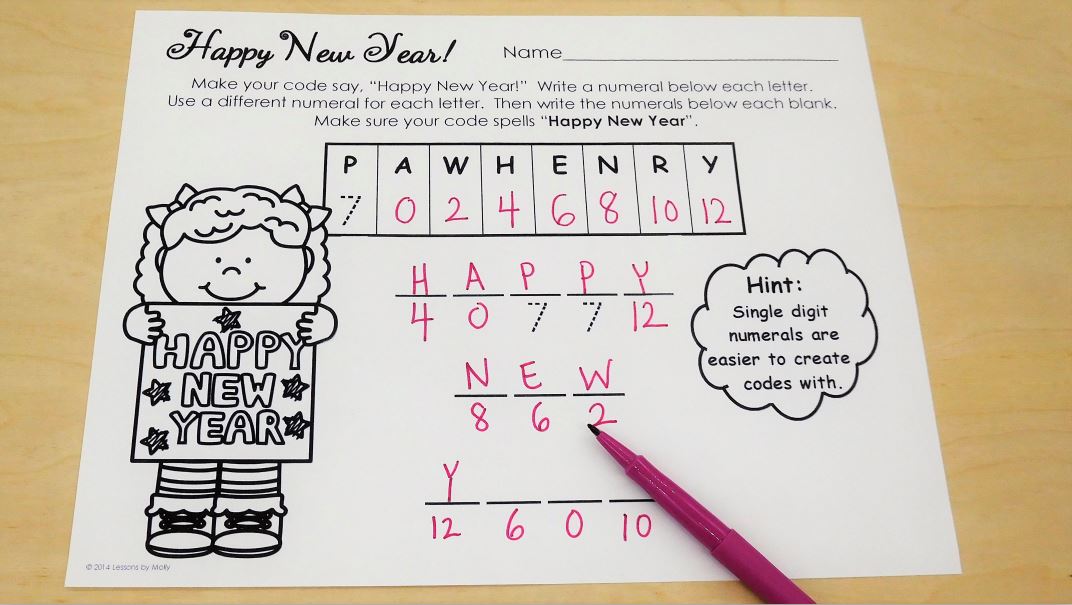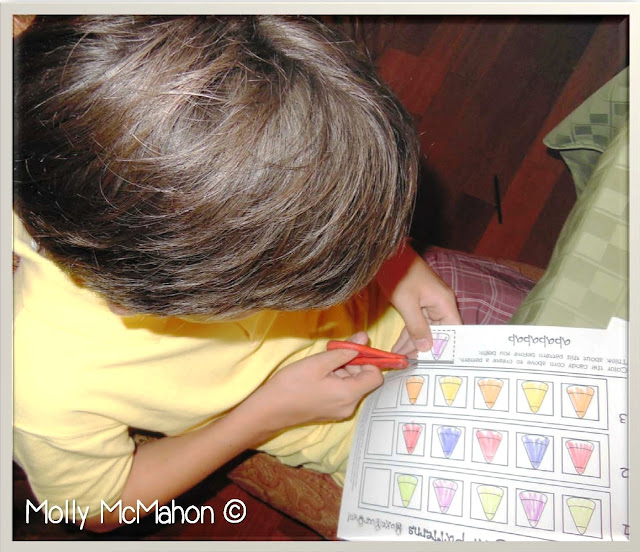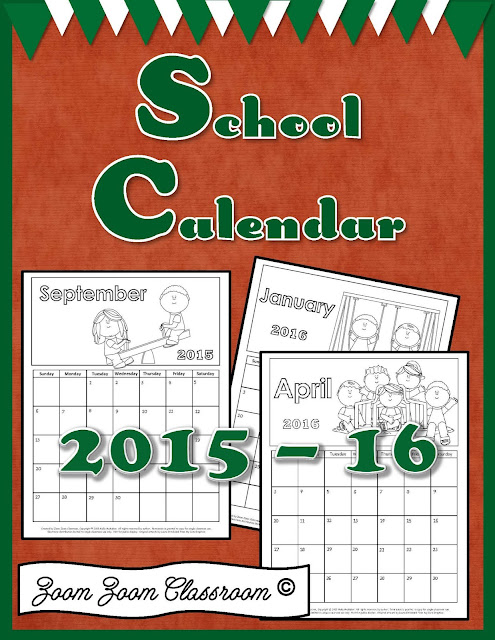From Oatmeal Boxes into Drums! Oh What Fun! Making homemade (or classroom made) instruments is one of my favorite craft activities. Making drums tops the list in the fall! It's not a difficult activity for the children and the LOVE painting their drums.
First, you'll need to gather your materials. Here's the list:
1. Acrylic paint - I purchased my paint at Walmart in the craft section.
2. Something to put the paint in - I used disposable plastic cups.
3. Paintbrushes - You'll need both the wide and thin brushes.
4. Smocks - This will help protect clothing.
5. Newspapers - Use this to cover the tables.
6. Cardboard, cylindrical, oatmeal boxes - Either small, large, or both sizes can be used.
If you want the cloth embellishments on the tops of the drums, you'll also need:
1. Fabric - 1 yard makes at least 10 circles.
2. Scissors - I used pinking shears in order to have a zigzag edge around the drums.
3. Paper plate (10 1/4 inch or 26 cm.) - Use it to trace the circles.
4. Permanent marker - Use it for tracing the circles.)
5. Rubber bands - Use them hold the cloth in place on the oatmeal boxes.
There are not too many teachers that I know who go through twenty-something oatmeal boxes in one year! Here are a few ideas to acquire the oatmeal boxes:
1. Check with your school cafeteria staff. They might be able to help you.
2. Ask the parents of your students. Be sure to specify that you need an empty, cardboard, cylindrical box.
3. Check with your local universities, restaurants, and nursing homes.
The picture below will give you an idea of what the finished drums might look like:
 |
| From Oatmeal Boxes to Drums! |
You might want to send a note home and ask that the children wear old clothing on the days you plan to paint . . . just in case.
To get started, have the children put the smocks on and roll up their sleeves. Spread newspaper out on the tables for the activity.
 |
| Make sure you have everything you need before getting started. |
1. Give each child an oatmeal box without the lid. Make sure the child's name is written on the bottom of the oatmeal box. (If you're not adding the cloth embellishment, the children can paint the tops of the lids.)
2. Pour paint into the disposable cups and place a wide paint brush inside the cups.
3. Give each child a cup of paint with the paintbrush in the cup.
4. Have the children cover the outside of their oatmeal boxes with paint.
Emphasize that the paint goes on the OUTSIDE of the box and not on the INSIDE. If you're working with preschoolers, you might also need to tell them that the paint is not for their HANDS or FACE!
*The darker color paints will cover the oatmeal boxes quickly.
*The lighter colors may require an extra coat of paint.
 |
| Painted Oatmeal Boxes |
If you paint early in the school day, the "drums" should be dry enough during the afternoon hours to allow the students to use a second color on their drums and paint designs.
Here's where things start to get interesting! Brainstorm with your students to get ideas for their designs before the second stage of painting begins. Planning and thinking about what they're going to do is a great activity for young minds! Model drawing different kinds of lines and shapes on the whiteboard. A mix of wide and thin paint brushes could be used to explore thick and thin streaks of paint on the drums. Of course, if it's preschool, they might want to just paint a new color over the first color that they used.
 |
| Use a light colored paint over dark paint for contrast. |
 |
| Creative expression is a part of every high quality educational program. |
Once the drums have dried, add a piece of cloth to the top. Use a large paper plate to trace a circle on a piece of cloth.
 |
| One yard of cloth will make about 10 cloth circles. |
 |
| Trace the circles on the cloth with a permanent marker and a large paper plate. |
Cut out the circles that were traced on the cloth.
 |
| Use scissors or pinking shears to cut our the cloth circles. |
Return and secure the oatmeal box lid to the oatmeal box. Evenly position the circular cloth over the top of the oatmeal box. Put a rubber band around the cloth to hold it in place.
 |
| Use a rubber band to hold the cloth in place. |
Develop real to life sequencing skills by having the students think about the steps involved for painting the drums.
What was the first color used to paint with?
What was the second and third color used to paint with?
Surprise the students by giving each child two new pencils which are not sharpened. They can use these to beat their drums with!
 |
| These drums can be made for any season or holiday. Change the paint and cloth to red, pink, and white and they could be used as Valentine mailboxes. |
Don't forget to send a "Thank you" photo to the local companies that donated the empty oatmeal boxes. They'll love receiving a picture of the finished drums from your classroom project.
We like making our drums in the fall but this activity could be done anytime during the year. Can you imagine what these would look like in the month of February with red, pink, purple, and white colors? The cloth toppers could be Valentine themed fabric. Kids could open the lids when it's time to exchange cards to use the drums as their "Mailboxes".
© 2014 Lessons by Molly






























































